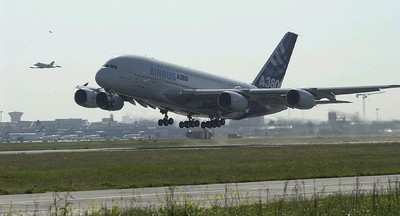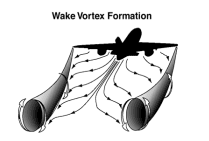Sat, Sep 30, 2006
Advertisement
More News
 Aero-News: Quote of the Day (05.01.25)
Aero-News: Quote of the Day (05.01.25)
“The F/A-18E was actively under tow in the hangar bay when the move crew lost control of the aircraft. The aircraft and tow tractor were lost overboard. Sailors towing the ai>[...]
 ANN's Daily Aero-Linx (05.01.25)
ANN's Daily Aero-Linx (05.01.25)
Aero Linx: AERObridge AERObridge is a 501c3 charity organization where we aim to aid communities hit hard during a disaster. From Hurricane Katrina to COVID19, AERObridge had a han>[...]
 Airborne 04.25.25: Rob Holland Goes West, NYC Heli Ban, Jepp/ForeFlight
Airborne 04.25.25: Rob Holland Goes West, NYC Heli Ban, Jepp/ForeFlight
Also: Flight Hour Reqs, Gulfstream Records, Boeing NGAD Award, TX Pilot Jailed The staff of Aero-News is heartbroken to report that Rob Holland lost his life in an as yet inexplica>[...]
 Airborne 04.30.25: LIFT eVTOL Accident, Musk-FAA NDAs, Med Applications
Airborne 04.30.25: LIFT eVTOL Accident, Musk-FAA NDAs, Med Applications
Also: Boeing Reports, Airbus-Spirit, USAF CV-22 Milestone, ANN/Oshkosh 2025 Stringers A HEXA electric vertical takeoff and landing (eVTOL) aircraft experienced a component failure >[...]
 Airborne 04.28.25: Onerous FAA Med Policy, Aviation WX, NFL Team v AeroVanti
Airborne 04.28.25: Onerous FAA Med Policy, Aviation WX, NFL Team v AeroVanti
Also: Airplane-Helo Risks, AirVenture Showcasing Korean War, United Purchasing JetZero Birds, Boom Gears Up The FAA announced that the agency will not move ahead with its policy of>[...]
blog comments powered by Disqus





